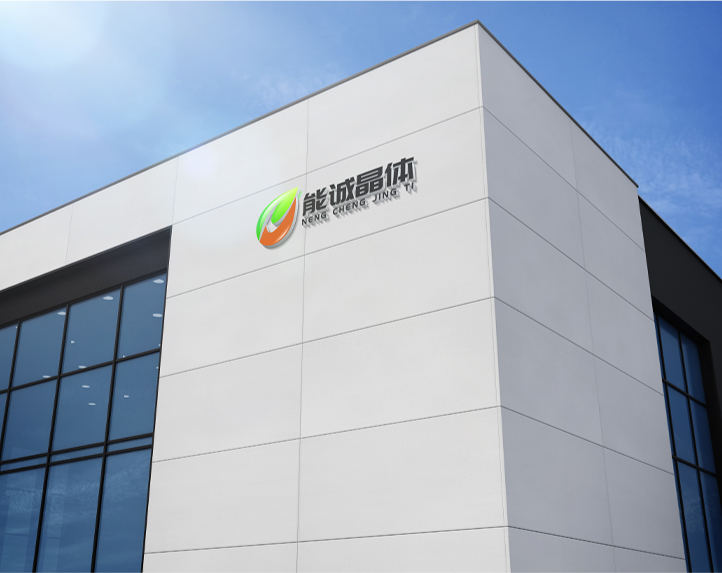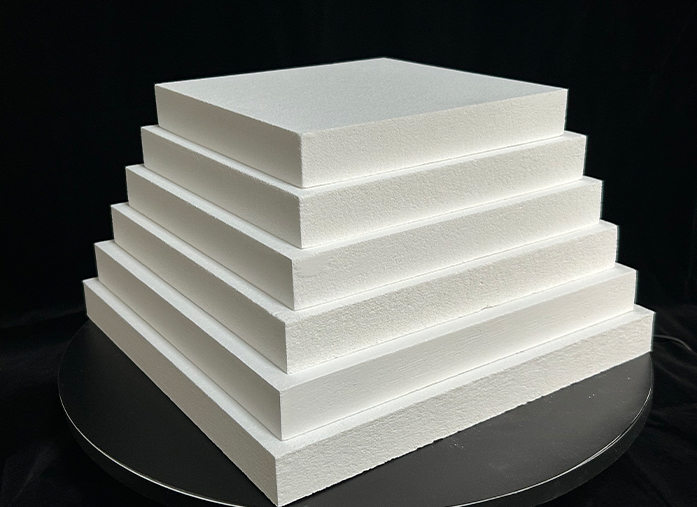Thermal insulation materials are used to prevent heat transfer and have a wide range of applications, including high- and low-temperature insulation (such as in construction and refrigeration). They have lower thermal conductivity (e.g., aerogel, <0.02 W/m·K).
Insulation materials are used to reduce heat loss at high temperatures (e.g., industrial furnaces and boilers). They typically have a low thermal conductivity (<0.1 W/m·K) and are resistant to high temperatures (500°C to 2000°C).
Some materials (e.g., aerogel and ceramic fiber) can be used for both insulation and heat preservation, depending on the application.


High-Temperature Thermal Insulation Materials: Energy-Efficient Solutions for Industrial and Research Applications
High-temperature thermal insulation materials are essential in modern industry and research for controlling heat flow and ensuring safe, efficient operation of high-temperature equipment. By minimizing heat loss and improving energy efficiency, these materials play a critical role across a variety of applications, ranging from industrial furnaces and boilers to advanced research laboratories and vacuum furnace systems. Their unique properties allow them to withstand extreme temperatures while maintaining low thermal conductivity, making them indispensable for both operational performance and cost management.
Thermal insulation materials come in a wide range of types and forms, each tailored to specific temperature ranges and environmental conditions. Materials such as aerogel, ceramic fiber, and alumina fiber are notable for their ultra-low thermal conductivity, often below 0.1 W/m·K, which makes them ideal for high-temperature environments. Aerogel, for instance, is widely used for both high-temperature insulation and heat preservation due to its lightweight structure and exceptional heat resistance. Similarly, ceramic fiber offers flexibility and durability, providing reliable insulation for industrial applications while also reducing overall energy consumption.
In industrial settings, high-temperature thermal insulation is crucial for improving the efficiency and longevity of equipment such as industrial furnaces, boilers, and metal processing systems. For example, vacuum furnace insulation materials are specifically engineered to maintain precise temperature control while minimizing heat loss under vacuum conditions. These materials not only enhance the performance of vacuum furnaces but also contribute to energy conservation by limiting unnecessary thermal dissipation, which can otherwise lead to higher operational costs.
Research and academic applications also benefit significantly from advanced thermal insulation materials. Universities, research institutes, and testing laboratories often require high-performance insulation for powder roasting, ceramic sintering, and other high-temperature experimental processes. By employing reliable thermal insulation materials, these institutions can maintain stable experimental conditions, ensure reproducibility, and protect sensitive equipment from excessive heat. The combination of durability, energy efficiency, and thermal stability makes these materials ideal for both routine experiments and cutting-edge research projects.
Manufacturers of high-temperature insulation materials focus on developing solutions that are not only effective but also energy-efficient and environmentally responsible. Lightweight, high-performance alumina fiber, for example, is being increasingly adopted as a sustainable alternative in furnace lining and thermal barriers. These materials reduce the energy required to reach and maintain high temperatures, contributing to overall operational cost savings while supporting environmentally friendly practices in industrial and research applications.
High-temperature thermal insulation materials are also available in custom configurations, allowing manufacturers to provide tailored solutions for non-standard furnace designs and specialized equipment. Companies that specialize in this field combine expertise in materials science with practical engineering experience to deliver comprehensive solutions that meet specific customer requirements. This approach ensures that every insulation system, whether for vacuum furnace applications or conventional high-temperature processing, maximizes performance, safety, and energy efficiency.
In conclusion, high-temperature thermal insulation materials are a cornerstone of modern industrial and research operations. From vacuum furnace insulation materials to general thermal insulation for industrial equipment, these solutions provide essential heat control, energy efficiency, and operational reliability. By integrating advanced materials such as aerogel, ceramic fiber, and alumina fiber, manufacturers and research institutions can optimize performance, reduce energy consumption, and extend the lifespan of critical high-temperature equipment. As the demand for energy-efficient, environmentally friendly solutions grows, the development and application of high-performance thermal insulation materials will continue to play a vital role in both industrial innovation and scientific research.